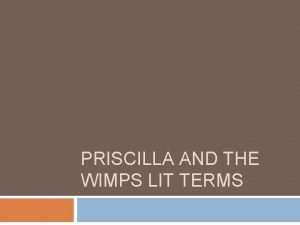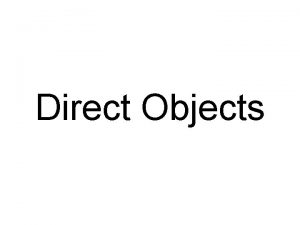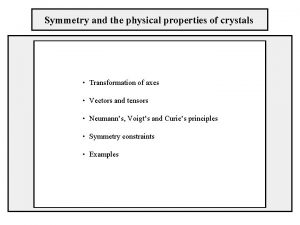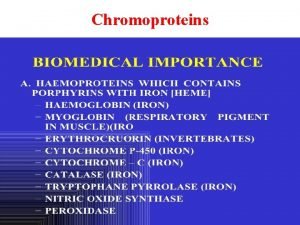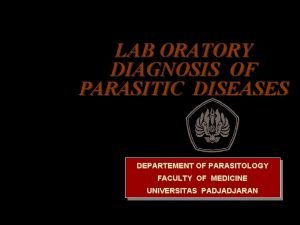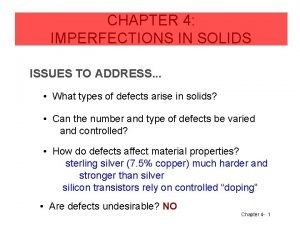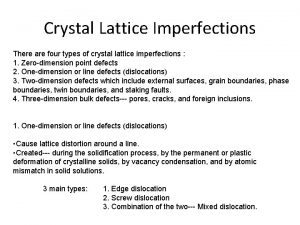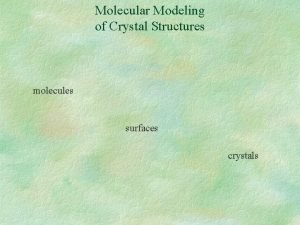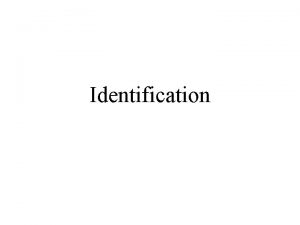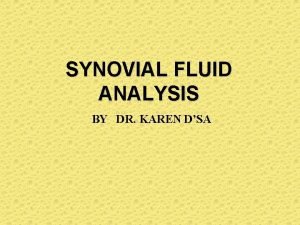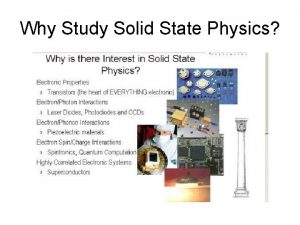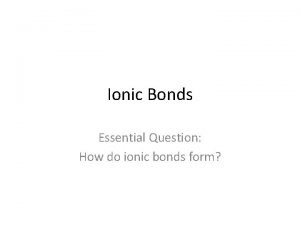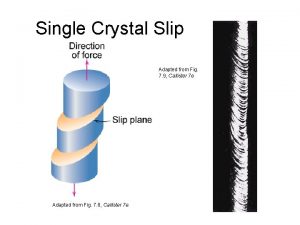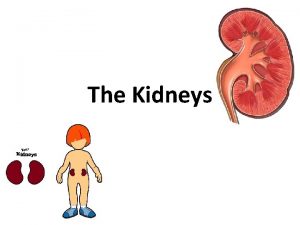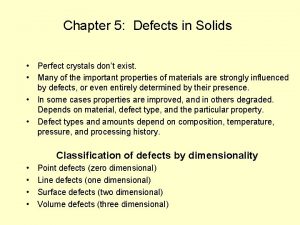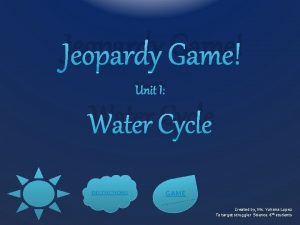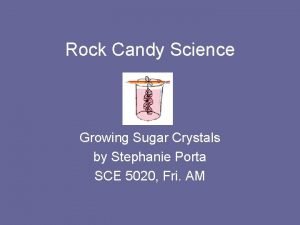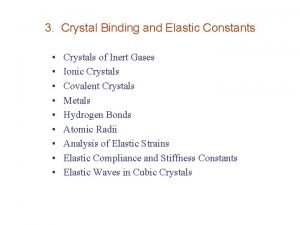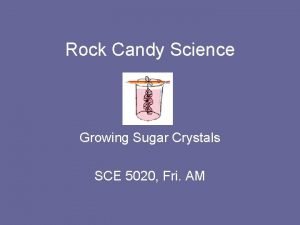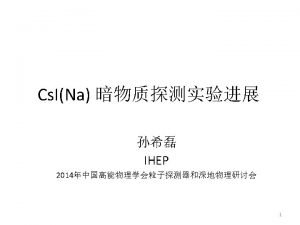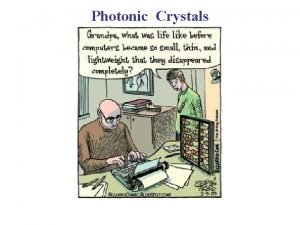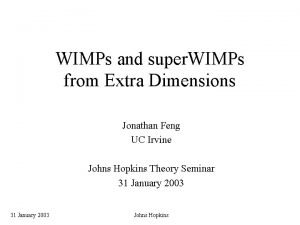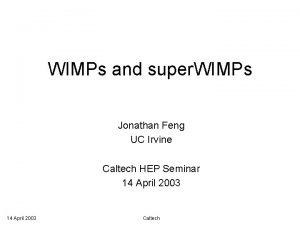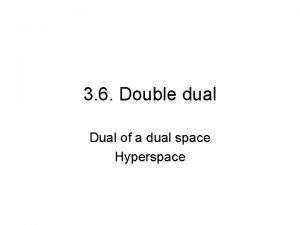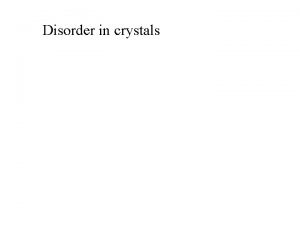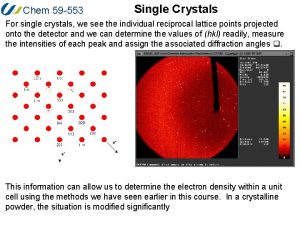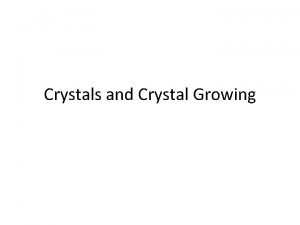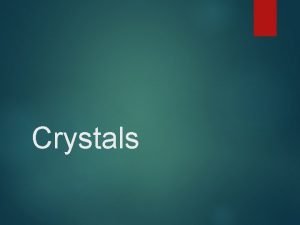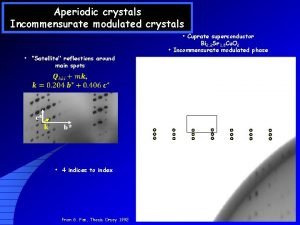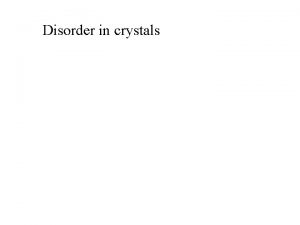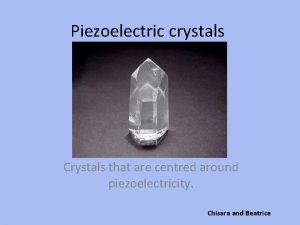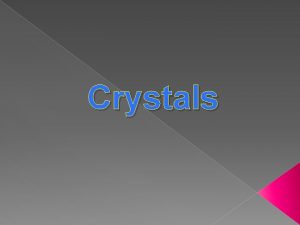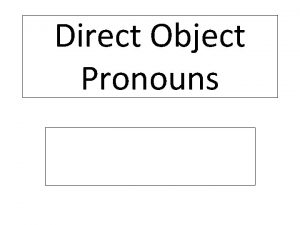The dual lightemitting crystals detector for WIMPs direct
























- Slides: 24

The dual light-emitting crystals detector for WIMPs direct searches Xilei Sun IHEP China VCI 2013 Vienna Feb. 2013 1

Contents • Introduction • Difference between nuclear and electron recoils • Dual Light-emitting Crystals • CINMDS experiment • Summary 2

Some evidences for Dark Matter Rotation curves of galaxies Gravitational lenses Bullet Cluster What is Dark Matter? ? ? ? 3

DM candidates from particle physics Most popular candidates ▫Stable weakly interacting massive particles (WIMPs) of mass Ge. V – Te. V ▫ Massive neutrinos ▫ Axions WIMPs is preferred by most of theorist. two reasons: l. WIMPs occur in several theories beyond the Standard Model, such as ▫ Neutralino-Supersymmetry ▫ KK-Extra dimension l. WIMPs can be naturally produced as a thermal relic of the Big Bang, with a relic density consistent with that required of dark matter. It is called “WIMP miracle”. Our detector is focus on WIMPs WIMP miracle 4

Detection mechanisms of WIMPs • Indirect detection: if dark matter annihilated in the early Universe, it must also annihilate now through and the annihilation products may be detected. • Direct detection: dark matter may scatter on normal matter through interactions, depositing energy that may be observed in sensitive, low background detectors. • Particle colliders: dark matter may be produced at particle colliders through The massing mass provides signatures of dark matter. 5

Status of direct search 6

Main challenge of direct detection WIMP-n cross section O (10 -44) cm 2 DM density 0. 3 Ge. V/cm 3 event rate ~ 1 events/kg·y the main challenge for the direct detection of WIMPs is the identification of nuclear recoils from electron recoils produced by γ-rays and betas from radioactive decays. The lower the threshold the higher the count rate Low background, Low threshold Large mass, good n/e recoils separation Sensitivity is determined by the power of background discrimination exposure and threshold. 7

WIMPs detection technology a proposal Dual Light-emitting Crystals These techniques can be broadly divided into two categories. Two channels technology: Scintillation-Phonon Scintillation-Ionization-Phonon background discrimination power is good, but relatively complex. One channel technology: Scintillation Ionization Phonon are relatively simple, but the ability to identify the β, γ bk presents weak. One scintillation channel and has good background discrimination. How dose it work? ? 8

The difference between nuclear recoils and electron recoils Nuclear recoil electron from J. I. Collar The main differences: l. Nuclear recoil has higher d. E/dx, the rang is small l. Electron recoil has lower d. E/dx, the rang is large by SRIM Range of 10 ke. V Cs in Cs. I by CASINO Range of 10 ke. V electron in Cs. I Dual Light-emitting Crystals can Reflect the different ranges of different particles by the ratio of different 9 scintillation components.

Dual Light-emitting Crystal As an example of Cs. I(Na) Emitting spectrum pure Cs. I(Na) crystal is transparent for the scintillation of pure Cs. I, but Cs. I(Tl) is not. So there are two components of light for Cs. I(Na). Na+ Nuclear recoils Electron recoils pure Cs. I ØAverage spacing of Na+ is so large ~77Å. ØNuclear recoils cover less Na+ because of small range ~ n*100Å 300 420 nm Øelectron recoils cover more Na+ because of The ratio of the two luminescence is different large range ~ n*1000Å 10 for nuclear recoils and electron recoils.

Waveform of n/gamma for Cs. I(Na) We found the Cs. I(Na) crystal has very different response to n/gamma Decay time 600 ns Decay time 20 ns A typical waveform of a γ-ray (60 ke. Vee) from A typical waveform of a neutron (10 ke. Vee) 241 Am and the waveform profile of 200 from neutron beam and the waveform profile 11 waveforms (50 -60 ke. Vee). of 50 waveforms (5 -10 ke. Vee).

n/γ separation by PSD Pulse Shape Discrimination (PSD) technique could be used for n/γ separation based on different waveforms of nuclear recoils and γ-rays Define: ADC is the integration of the slow component 2 us ADC 2 is the integration of the fast component 100 ns the ratio ADC 2/ADC can used for n/gamma separation neutron gamma Scatter plot of ADC 2/ADC versus TOF for n and γ. 12

Rejection factor and threshold A total of ~3. 8 million γ-ray events from 241 Am were acquired Only one event (in the small round circle) was seen in the region of ADC 2/ADC > 0. 7 and energy >12 ke. Vee. It may be an environmental fast neutron. Hence the rejection factor is 107 or more with a threshold about 10 ke. Vee. 2 M gamma events the separation is not good at low energies. There are mainly two reasons: Øone is the statistical fluctuation due to too few photoelectrons; Øthe other is the surface effect. With surface effect Without surface effect threshold is >500 ke. Vnr considering the LY of pure Cs. I is 2% of Cs. I(Na) at room temperature. It can be improved at low temperature. 13

Surface effect is known for Cs. I(Na) crystal due to deliquescence, which will limit the light from Na+ in the surface layer. 1 µm It is clear that if the thickness of the surface layer (lacking Na+) is more than 1 µm, α with energy less than 100 ke. V or electron with energy less than 10 ke. V cannot interact with Na+. So the light of surface-α or electron is dominated by the pure Cs. I. We can use alpha to test the surface effect. The average projected ranges of different ions injected into Cs. I crystal A vacuum quartz tube is used to avoid deliquescence 14

The result of Surface effect test Measured with old surface there is surface effect A typical waveform of 5. 2 Me. V α from 239 Pu and the waveform profile of 200 waveforms with surface effect. Measured with new surface after grinding there is no surface effect A typical waveform of 5. 2 Me. V α from 239 Pu and the waveform profile of 200 waveforms 15 without surface effect.

Wavelength should different lights of the fast and slow components should have different wavelengths, Na+ is 420 nm slow Experimental Set-up pure Cs. I is 310 nm fast we use a filter to test. Cs. I(Na) PMT 1 PMT 2 Transmittance: more than 80% at 310 nm less than 1% above 400 nm. filter we confirmed that: fast component has peak wavelength 310 nm slow component has peak wavelength 420 nm Transmittance of the wavelength filter as a function of wavelength Scatter plot of ADCfilter/ADC for γ and surface-α. 16

Performance at low temperature_LY Test by PMT R 8778 ~30% QE @ 300 nm With the Light yield increasing, ~ 10 p. e. /ke. V of pure Cs. I @-160 C— -180 C Threshold is expected to be ~25 ke. Vnr light output as a function of temperature for gamma and alpha 17

Performance at low temperature_WF

Cs. I(Na) Dark Matter Search Experiment Detector concept design CINDMS Water tank: To shield environment neutron Cherenkov light mark cosmic ray copper low-temperature box: To provide a low-temperature environment Shield environment gamma Copper Vacuum chamber Cs. I(Na) Dark Matter Search (CINDMS) experiment is proposed based on Cs. I(Na). Pulse Shape Identification (PSD) and filter technology is used to identify nuclear recoils. One detector module: 18 cmx 18 cm x 30 cm crystal 40 kg Packaged by Copper Vacuum chamber Each quartz window read out by 4 3” PMTs. 19

Ideal Sensitivity of CINDMS XENON 2012 CINDMS 1 T To consider Thr. 40 p. e. 10 -9 rejection power, Background: 1 x 109 evt/ton/year LY 7. 8 p. e. /ke. Valpha @-160 C QF 20% (nuclear recoil/alpha) sensitivity of CINDMS 1 T is expected to be the order of 10 -10 pb by one year exposure 。 Background rejection power as a function of temperature. Calculated by waveform sample according waveform of g/a. 20

The progress of the experiment Device of Low temperature neutron scattering experiments Initial stage of a 100 kg scale experiment (CINDMS 100) will be under construction at Daya Bay underground laboratory for verification of this technology. (2013 -2015) Back ground simulation and shielding design Detector simulation and design Electronics Design Mechanical Design Low temperature neutron scattering experiments Search other Dual Light-emitting Crystals are under way. 21

Summary • Dual Light-emitting Crystals is proposed for WIMPs search. Ø One scintillation channel Ø background discrimination by range • The test of Cs. I(Na) has been done: Ø waveforms of n/gamma are different Ø wavelengths of fast and slow light are different Ø surface effect is confirmed and need to be removed Ø performance is improved at low temperature • CINDMS is proposed Ø Cs. I(Na) crystal, low temperature , Modular, water shielding Ø R&D is underway 22

Thank you 23

24
 Priscilla and the wimps
Priscilla and the wimps Hyperbole in priscilla and the wimps
Hyperbole in priscilla and the wimps Priscilla and the wimps essay
Priscilla and the wimps essay Priscilla and the wimps answer key
Priscilla and the wimps answer key Dual ii magnum vs dual magnum
Dual ii magnum vs dual magnum Direct object detector
Direct object detector Physical properties of crystals
Physical properties of crystals Chromoproteins
Chromoproteins Kato katz technique
Kato katz technique Dislocations in crystals
Dislocations in crystals Types of imperfections in crystals
Types of imperfections in crystals Negative birefringent crystals meaning
Negative birefringent crystals meaning Etorsion
Etorsion Barberios test
Barberios test Karen dsa
Karen dsa Ideal crystals have
Ideal crystals have Why do ionic bonds form
Why do ionic bonds form Fcc slip directions
Fcc slip directions Proteinoria
Proteinoria Defects in solids
Defects in solids As water droplets or ice crystals grow bigger they form
As water droplets or ice crystals grow bigger they form Urine crystals calcium oxalate
Urine crystals calcium oxalate Rock candy experiment conclusion
Rock candy experiment conclusion What is crystal binding
What is crystal binding Rock candy experiment conclusion
Rock candy experiment conclusion

